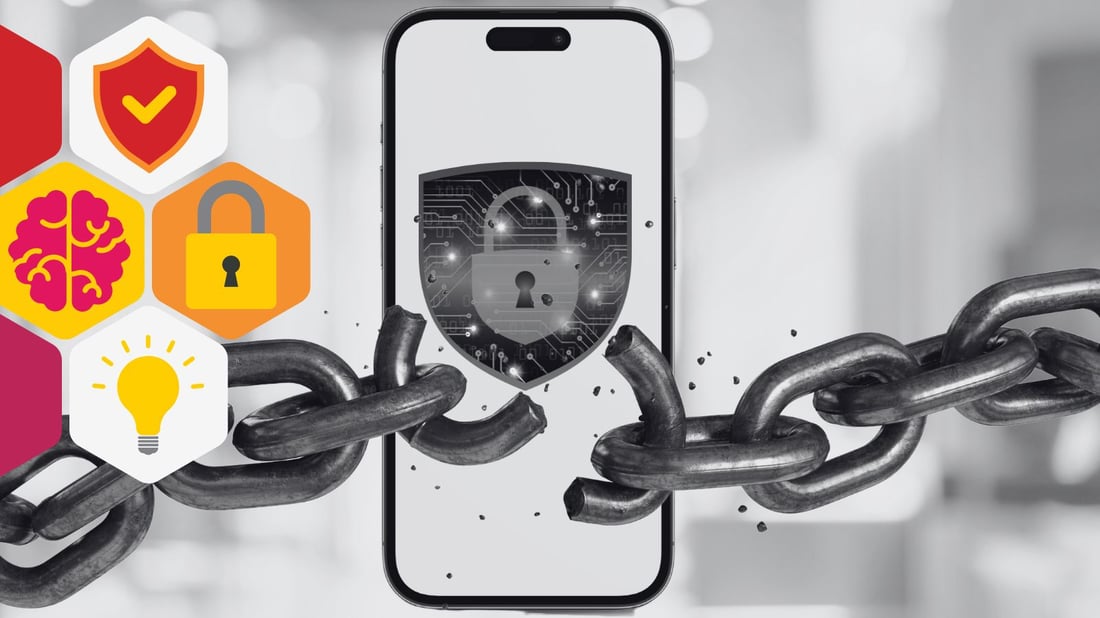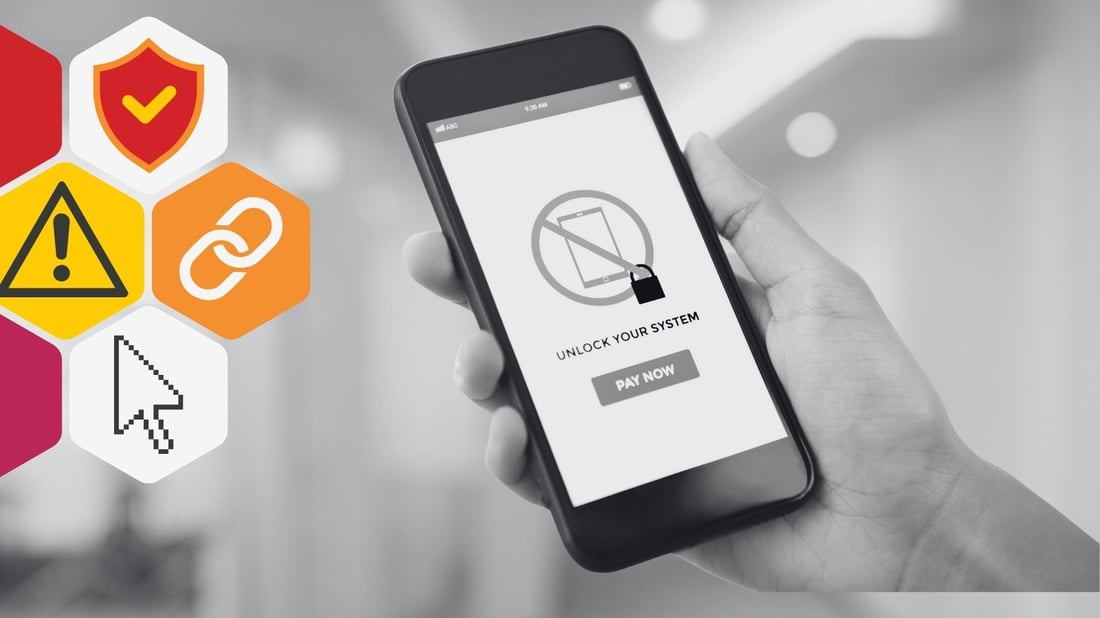Mobile Security Unleashed: Dodging Hacks with a Smile
In a world where our mobile devices are practically extensions of ourselves—holding everything from our various bank accounts and deets to those...
![]() Danny Z.
Mar 8, 2024 9:22:00 AM
Danny Z.
Mar 8, 2024 9:22:00 AM

In the expansive realm of cyber threats, phishing stands out as a pervasive and constantly evolving menace. What initially began as indiscriminate email scams has now transformed into a sophisticated breed of cyberattacks. One such spear phishing variant, known as "Whaling Phishing," takes these threats to a new level by specifically targeting high-profile individuals within organizations and government agencies.
Understanding the nuances of whaling phishing and comparing it with other forms of phishing is pivotal in bolstering our defenses against these highly targeted cyber threats.
Whaling phishing is the heavyweight contender in the phishing scam world. It's a targeted attack, like a precision strike on a high-value target. Unlike regular phishing, where cyber tricksters cast a wide net, whaling zeroes in on the big fish—the top-level executives, the CEO, CFO, or any other account or key figure in an organization.
The name "whaling" comes from its focus on big whales in the corporate ocean. These attackers craft cunningly disguised emails and phone calls that impersonate top-level executives of legitimate organizations. They're like chameleons, mimicking the CEO or other high-ranking officials to trick employees into divulging sensitive information or performing actions that can compromise the organization’s security.
These attacks aren't your run-of-the-mill phishing scams. They're stealthy, well-researched, and highly personalized. Attackers delve deep into reconnaissance, using scraped or stolen data to tailor their bait. They aim to deceive with surgical precision, often posing as a reputable company or a trusted insider, to persuade victims to click malicious links or hand over confidential data.
Whaling attacks can pack a devastating punch, leading to massive data breaches, financial losses, and reputational damage for organizations. It's a sophisticated cyber threat that demands heightened vigilance and targeted defenses.

At its core, phishing represents a spectrum of cyberattacks that leverage deception to dupe recipients into disclosing sensitive information or carrying out harmful actions. This insidious tactic often capitalizes on human psychology, exploiting social engineering techniques to create messages on fake websites that appear authentic, legitimate, and trustworthy.
Whaling phishing sets itself apart by focusing on high-value targets within companies, typically executives or other senior figures. Unlike conventional phishing campaigns that cast a wide net, whaling attacks are meticulously crafted. They involve extensive research to create tailored emails that appear to originate from trusted authorities within the organization, thereby gaining access and increasing the likelihood of the phishing attempt's success.
Preventing phishing attacks involves a multi-faceted approach that encompasses both technological solutions and user awareness. Employing robust email spam filters now, keeping security software updated, and conducting regular phishing awareness training are crucial steps. Educating employees on identifying suspicious emails and reporting potential threats promptly significantly bolsters an organization's security posture.
When faced with a suspected phishing attack, immediate action is crucial. Avoid engaging with suspicious website links or divulging personal or financial information anywhere. Instead, report the incident to the organization's IT security team and follow prescribed protocols for handling such situations to mitigate potential risks effectively.
Mitigating the risk of identity theft and sensitive data loss stemming from phishing attacks requires a comprehensive data protection strategy. Implementing stringent data protection policies, leveraging encryption technologies, and implementing robust access controls help safeguard sensitive information from falling into the wrong hands.

Remember, being alert is half the battle. Take a good look at those emails, folks! Watch out for anything fishy—suspicious links, odd sender details, text messages, or urgent requests for personal info. Educating yourself and your team about these tricks is a solid step in the right direction.
But hey, it's not just about being eagle-eyed. Beef up your defense! Use tools like multi-factor authentication, keep your software updated, and consider investing in top-notch security solutions to slam the door on those other phishing scam attempts.
And hey, the battle doesn't end here. It's an ongoing thing. We've got to keep learning, evolving, and innovating to keep these digital scammers and tricksters at bay. Together, let's stay savvy, stay secure, and kick phishing to the curb!

In a world where our mobile devices are practically extensions of ourselves—holding everything from our various bank accounts and deets to those...
4 min read

In recent years, ransomware and cyber attacks have escalated in both frequency and magnitude, sending shockwaves through the business world.
6 min read

Social media, especially YouTube, has transformed into a vital business tool, surpassing paid search, with both posting a 25% YoY growth to $137...
8 min read
Subscribe to our newsletters for the latest news and insights.
Stay updated with best practices to enhance your workforce.
Get the latest on strategic risk for Executives and Managers.